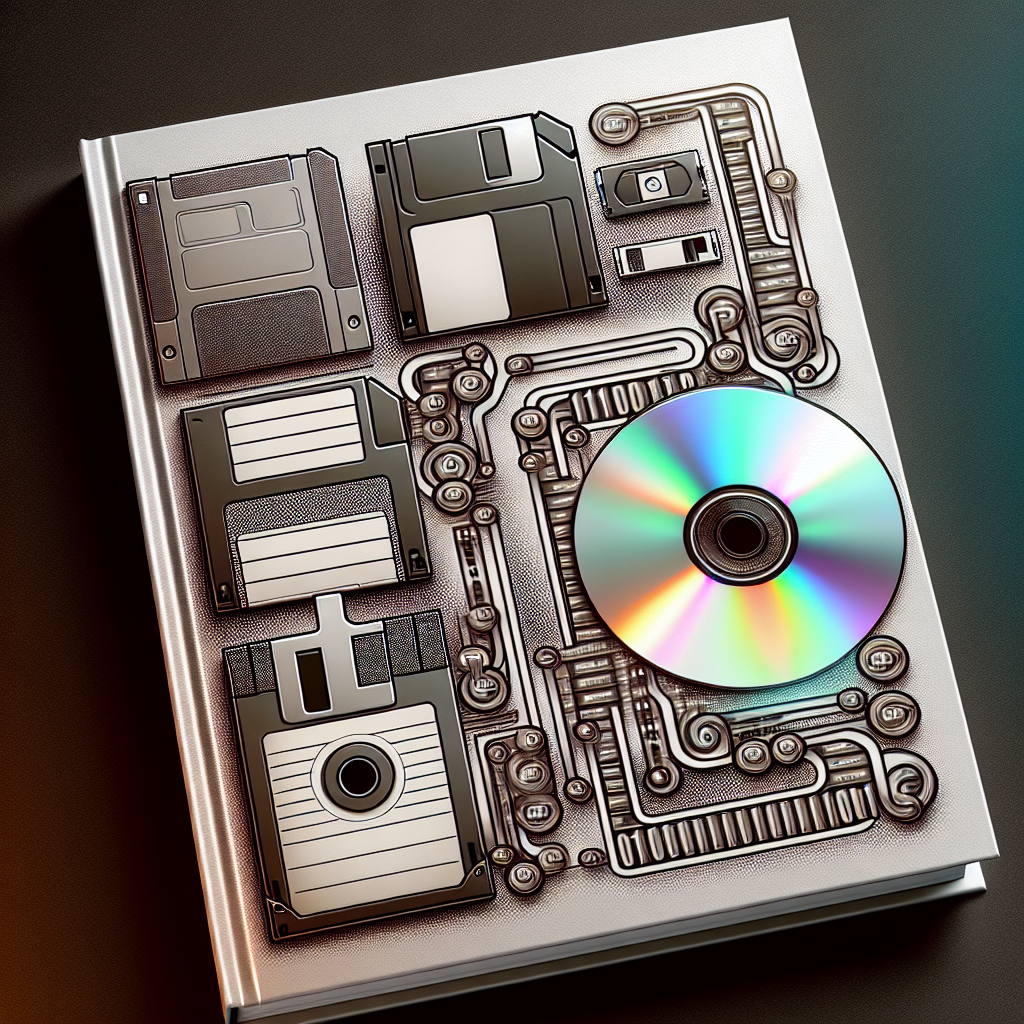The Evolution of All-Flash Storage: A Comprehensive Overview
In recent years, the storage industry has seen a major shift towards all-flash storage solutions. This shift has been driven by the increasing demands for faster data access and processing speeds, as well as the need for greater storage capacity and reliability. All-flash storage arrays have become the go-to choice for businesses looking to improve their storage performance and efficiency.
The evolution of all-flash storage can be traced back to the early days of solid-state drives (SSDs). SSDs were first introduced as a faster and more reliable alternative to traditional spinning hard drives. However, early SSDs were limited in capacity and were prohibitively expensive for many businesses.
As technology advanced, the cost of SSDs began to decrease, making them more accessible to a wider range of businesses. At the same time, the performance of SSDs continued to improve, with faster read and write speeds and greater durability. These advancements paved the way for the development of all-flash storage arrays, which combine multiple SSDs into a single, high-performance storage solution.
One of the key benefits of all-flash storage is its speed. Traditional spinning hard drives rely on mechanical components to read and write data, which can lead to slower performance. In contrast, SSDs use flash memory chips to store data, resulting in much faster access times. This speed advantage is particularly important for businesses that rely on real-time data processing and analytics.
Another advantage of all-flash storage is its reliability. SSDs have no moving parts, which means they are less susceptible to mechanical failures than traditional hard drives. This increased reliability can help businesses reduce the risk of data loss and downtime, leading to improved overall efficiency and productivity.
In addition to speed and reliability, all-flash storage also offers greater storage capacity. As the cost of SSDs continues to decrease, businesses can now afford to deploy larger all-flash storage arrays to meet their growing storage needs. This scalability makes all-flash storage an attractive option for businesses of all sizes.
Looking ahead, the evolution of all-flash storage is likely to continue as technology advances and new innovations emerge. One area of development to watch is the integration of all-flash storage with cloud computing and artificial intelligence. These technologies have the potential to further enhance the performance and efficiency of all-flash storage solutions, making them even more essential for businesses in the digital age.
In conclusion, the evolution of all-flash storage has transformed the storage industry, offering businesses unprecedented speed, reliability, and scalability. As technology continues to advance, all-flash storage solutions will only become more powerful and versatile, making them a crucial component of any modern storage infrastructure.

Leave a Reply
You must be logged in to post a comment.